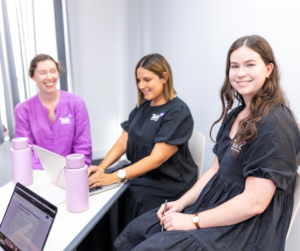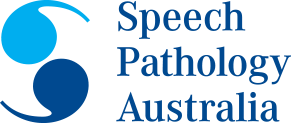What is Systematic Synthetic Phonics?
Systematic synthetic phonics is a methodical approach to teaching reading that emphasises letter-sound correspondences. Children start by learning individual sounds in small words, then progress to longer words, then to learning sounds represented by combinations of 2, 3 and 4 letters. They also develop the ability to segment words into individual sounds to aid in spelling. This approach is termed “systematic” because it unfolds in a structured sequence, beginning with basic phonetic elements and advancing to more intricate ones. It is described as “synthetic” because it instructs children to synthesise these individual sounds into whole words during reading.
How Does Systematic Synthetic Phonics Work?
There are several key steps in systematic synthetic phonics. First, kids learn the sounds of letters and letter groups in a specific order. They start with single letters like /a/, /b/, and /c/, and gradually learn more complex sounds like /sh/, /ch/, and /th/. Next, they practice blending sounds together to read words. For example, they learn to blend the sounds /c/, /a/, and /t/ to read “cat.” They also learn to break down words into their individual sounds to spell them, like breaking the word “dog” into /d/, /o/, and /g/. Finally, kids use their skills to read books that contain words they can sound out using the phonics they have learned.
Why Systematic Synthetic Phonics is Better than Whole Language
The whole language approach, also known as the “sight words” method, teaches kids to recognise whole words by sight and to guess words using context and pictures. While this method has been popular, research shows that systematic synthetic phonics is better. Systematic synthetic phonics explicitly teaches kids the relationship between letters and sounds, building a strong foundation in phonemic awareness. This helps kids decode new words by sounding them out, which is crucial for reading unfamiliar words and building a larger vocabulary. Additionally, understanding phonics helps kids spell words correctly by breaking them down into sounds and matching those sounds with the right letters.
By learning to decode words efficiently, kids can focus more on understanding the text rather than struggling to identify words. This improved fluency enhances overall reading comprehension. With systematic synthetic phonics, kids don’t rely on guessing from context, which can lead to misunderstandings. They read words accurately, leading to better comprehension and greater independence as readers.
Systematic synthetic phonics benefits all kids, including those who may struggle with reading. This approach is particularly helpful for kids with dyslexia, as research shows they benefit greatly from explicit phonics instruction. It provides them with the tools to decode words and improve their reading skills. For kids learning English as a second language, phonics instruction helps them understand the structure of the language, making it easier to read and spell.
The skills gained through systematic synthetic phonics provide long-term benefits. Kids who learn to read with phonics continue to outperform their peers who learned with whole language methods, even in later grades. Strong reading skills are foundational for academic success and lifelong learning. Kids who read well have better access to information and educational opportunities.
Practical Applications of Systematic Synthetic Phonics
At TalkHQ, our clinicians are trained in Sounds-Write which is a systematic synthetic phonics program. We follow their structured lesson plans that systematically progress from basic to advanced sounds. Each lesson builds upon the previous one, ensuring thorough mastery of each stage before advancement. This approach incorporates multi-sensory learning techniques including visual aids, tactile activities, and auditory exercises, designed to engage various senses, reinforce learning, and enhance the overall enjoyment of learning for children.
Conclusion
Systematic synthetic phonics is a powerful, evidence-based method for teaching reading. By focusing on the relationship between sounds and letters, it provides a strong foundation for literacy. This approach not only improves decoding and spelling skills but also enhances reading comprehension and supports all learners, including those with dyslexia and English language learners.
At TalkHQ, we are committed to using the best methods to help children succeed. By incorporating systematic synthetic phonics into our programs, we ensure that every child has the tools they need to become a confident, proficient reader. We believe that with the right support and instruction, every child can achieve their full potential in literacy and beyond.







